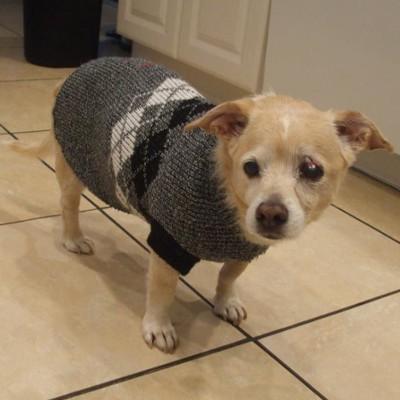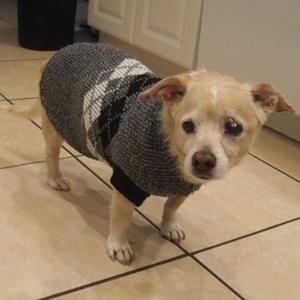Veterinary medicine has advanced to the point that many high-tech diagnostic and therapeutic options, once only available to people, can now be used on pets. Prosthetic limbs, while expensive and still not commonplace, have been fitted to several dogs and cats who have lost limbs through disease or trauma, or in a few cases, been born without limbs. The advent of advanced surgeries, 3D printing and newer materials has led to prostheses gaining momentum and the number of pets receiving them climbing. It's still somewhat of a medical curiosity, but new cases make the news every week.
Prosthetics and orthotics for who are pets missing limbs present some unique challenges in pets as compared to humans. The variability in size that we see in dogs, where one may need to fit an artificial limb to a 4-pound Chihuahua or a 200-pound Great Dane, means that ordering off the rack isn't usually an option. Additionally, using a prosthetic limb in a dog or cat means a big investment in terms of finances and aftercare. Preventing complications like rub sores and arthritis in the remaining limbs means that close work with your family vet and some serious research and soul-searching beforehand are in order.
As the owner of a 3-legged dog myself, I can see how for some dogs a prosthetic limb could make the difference between life and death. My dog, Rocco, who lost a leg to a car accident before I was his owner, is lucky enough to have 3 good legs to stand on and gets along just fine with a missing foreleg, but dogs who have arthritis or other conditions in the remaining limbs (or lose more than one limb) may literally not have a leg to stand on and need a new space-age titanium one to allow them to walk again.
More information on amputation and prosthetics in pets can be found online.
It's not just missing limbs that can be helped with new materials and technology. Paralyzed pets who once couldn't be acceptable pets can now wheel around with the help of specially designed wheelchairs that replace the function of their hind legs. Check out www.k9carts.com and eddieswheels.com. Wheelchairs and mobility devices are even available on eBay and Amazon.com.
To ensure that pets get the best fit, accurate measurements, often with the help of your family veterinarian, need to be made when ordering the cart. Also, some pets who are paralyzed have problems that run deeper than only a lack of mobility - their bladder and colon are sometimes affected by spinal cord damage and need to be managed at home as well.
Birth defects aren't always visible on the outside. Some dogs, especially English Bulldogs and Golden retrievers, are prone to a heart defect called subaortic stenosis, or SAS, where a valve in the heart doesn't completely form and blood flow out of the heart is impeded. Sometimes it's known as just aortic stenosis; stenosis is the medical term for narrowing. Dogs with a severe form of SAS can't run or play because the heart can't deliver oxygen through the narrowed aorta and valve. Unfortunately, in the days before veterinary heart specialists could fix the problem, these pets were often prone to shortened lifespans and sudden death.
But with the help of heart medications and invasive heart surgeries (similar to cardiac catheterization used to treat heart attacks in people and known as balloon catheterization), many SAS dogs can now live full and active lives. The heart catheter needs to be guided to the narrow spot through fluoroscopy, which is like X-ray TV: the veterinary heart specialist can see the catheter, a flexible tube that contains a small balloon in it, and guide it right to the narrow spot. Once the balloon is inflated, the aorta and the narrow area are able to widen and normal blood flow resumes. The recovery period is short since there's only a tiny incision to allow the catheter into the vein.
Some congenital (inborn) defects of dogs involve the eyes. Dogs can be born with cataracts, retinal defects (called colobomas) and an assortment of other problems. Veterinary ophthalmologists use operating microscopes to give affected pets new sight through removal of cataracts, lens implants and host of other therapies once reserved for humans. Veterinary ophthalmologists undergo years of intense training to hone the skills needed to restore vision to blind pets.
Take advantage of recent advances in medical science for pets. If you have a pet with a special condition or a challenging medical history, ask your vet if there's anything new under the sun that might be able to help. New advances occur every day and one of them might be able to restore your pet to full function and a happy, long life.



